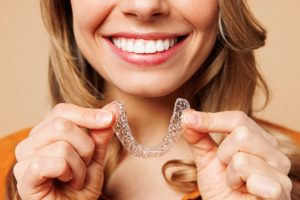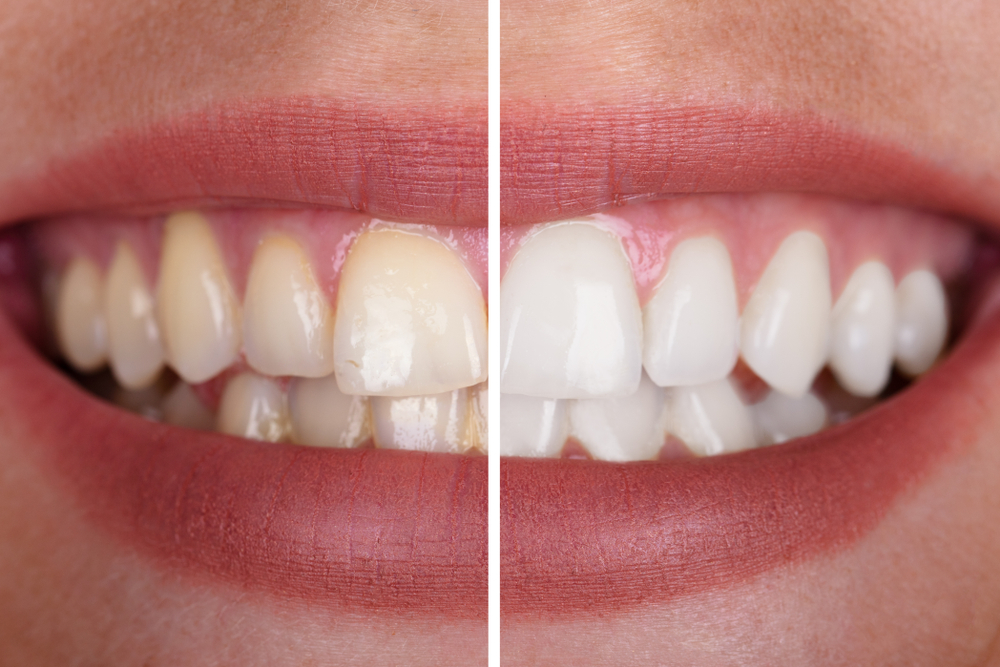Veneers are one of the most popular forms of cosmetic dentistry. Most often an elective procedure, veneers will give you a dazzling smile. But how do they work? How are veneers are attached? Do they need to be replaced? How strong are they? The Parkcrest Dental Group blog has covered caring for your veneers before, but in this entry, we’ll be looking at the cosmetic dentistry side of things.
Uses for Veneers
We’ve gone over the reasons people get veneers in a previous blog about cosmetic dentistry, but we’ll briefly sum up here what the popular uses are. Veneers are typically used to shield teeth that are broken, chipped, or worn down, to close large gaps between teeth, and to cover discoloration.
Veneers are commonly made from either porcelain or a resin composite and usually last from 7-15 years. When you decide to have veneers fitted, you’ll visit your dentist to go over the different options for this cosmetic dentistry procedure, which will include choosing the material and the color that best matches the rest of your natural teeth.
Your dentist will take X-rays and examine your teeth before you undergo a procedure that wears down some of the enamel on your teeth to prep them. Once this is done, a mold is taken and in a few weeks, your veneers will be ready.
Related Post: Cosmetic Dentistry Procedures: Are You A Good Candidate For Veneers?
The Bonding Process
Okay, so how do they actually work? How do they stay so firmly on your teeth? How do they survive the rigors that your teeth are put through on a daily basis? The answer here is a common dental practice that’s involved in all sort of different procedures: bonding.
Bonding is the use of a tooth-colored resin that’s applied to your teeth before being hardened with a specially designed light. Through this hardening process, the resin bonds with the tooth. Bonding can actually sometimes be done as a form of cosmetic surgery itself, and is also a versatile way of performing many others. Bonding can fill in cracks or chips in teeth, be used as an alternative to fillings, and to fix traditional braces.
The bonding material is applied to your teeth after they’ve been prepared, which will depend on what it’s being used for. If you’re having veneers attached, they’ll be placed over the layer of resin and hardened with the same light, which is usually a small blue tool that looks like a large, oddly-shaped laser pointer. It usually takes about half an hour to an hour for bonding to be finished.
Related Post: Cosmetic Dentistry Procedures: How To Care For Veneers
Professional Cosmetic Dentistry
If you’re interested in getting veneers, dental implants, or orthodontic dentistry work done to achieve the perfect smile, the Parkcrest Dental Group is here to help. We’re dedicated to making you comfortable and confident about your cosmetic dentistry or general dentistry procedure. Contact your local dentist in Springfield, MO today.




